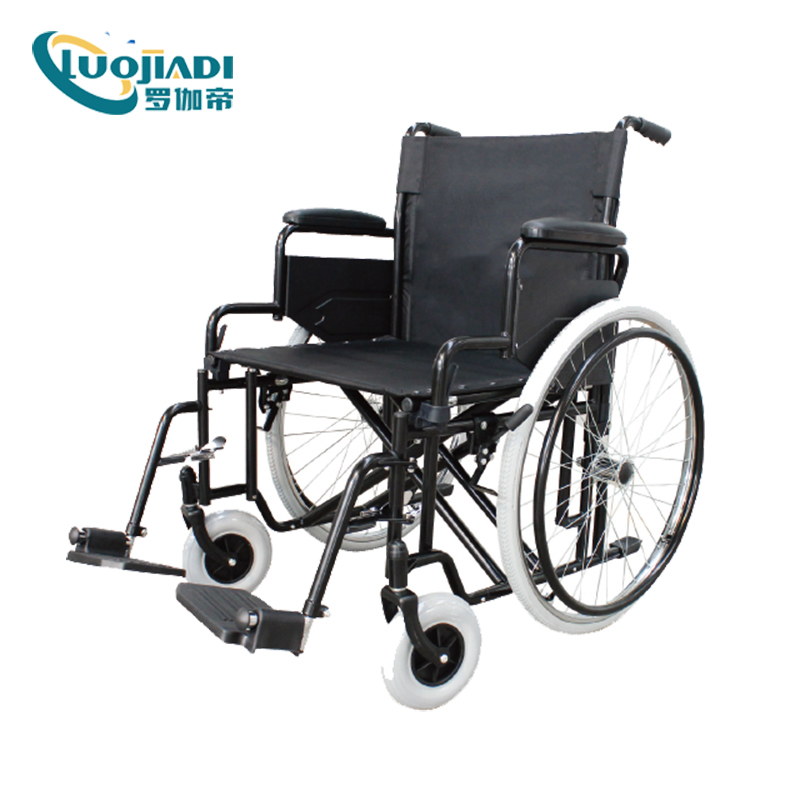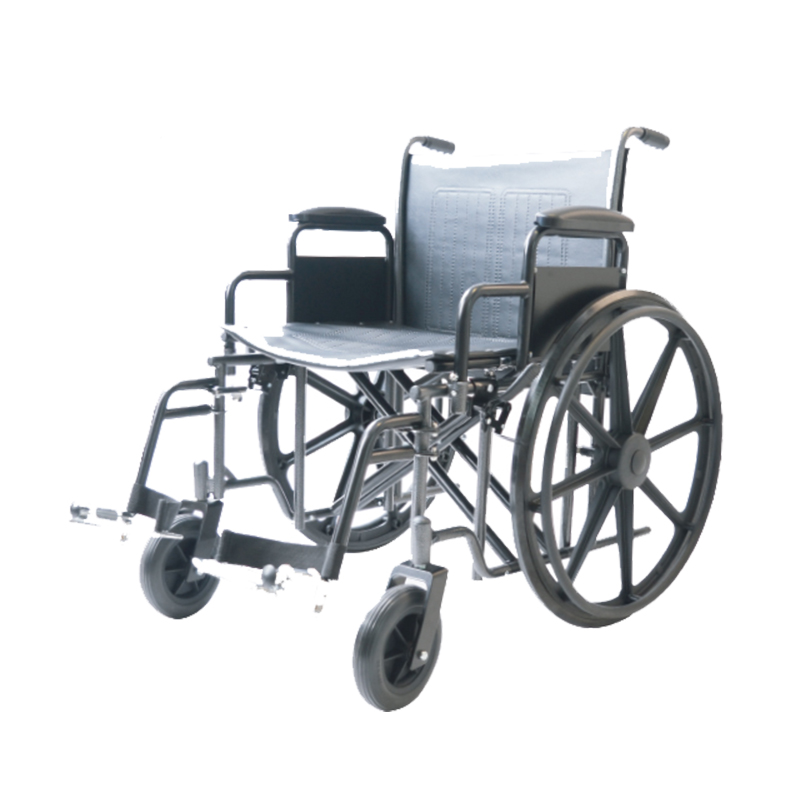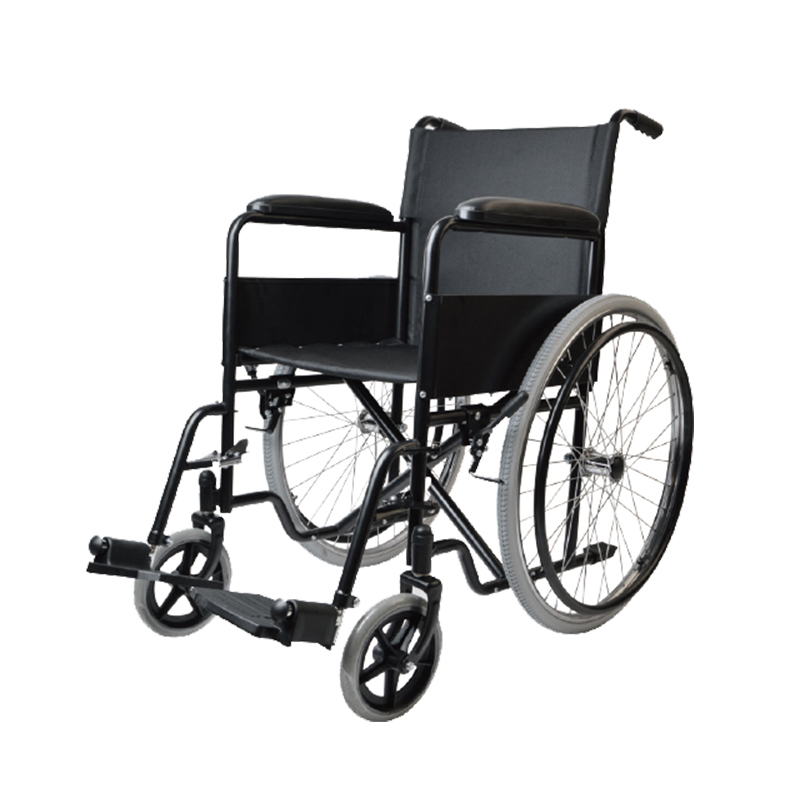Release date: 2017-04-24
NeuroVice is a US start-up company founded in 2016. Its main product is a device called PATI (protector against tongue injury), which helps people with epilepsy or other episodes of illness to cope with excessive saliva that may occur during the onset of the disease. Secretion and tongue bite problems.
Tongue bite and excessive salivation are common symptoms of seizures. In an authoritative medical institution's advice for the onset of epileptic seizures, maintaining airway patency is the most important factor because vomiting during seizures can cause obstruction of the airways. In terms of preventing tongue bites, most people practice the use of towels and other items to prevent bites. In fact, due to the strong masseter muscle closure during the attack, the patient may bite off the stuff and cause suffocation. Therefore, most medical institutions do not recommend this, but for ordinary patients, they need to bear the risk of tongue biting.
Based on this, NeuroVice wants to provide a simple solution. During the design of the PATI, NeuroVice chose a relatively strong material to ensure the robustness of the device and absorbent material to handle the secretion of excessive saliva. Simple operation is also the advantage of PATI. When a patient has an episode, you only need to place the PATI in the position of the patient's jaw.
In addition, since the type and frequency of epilepsy are not fixed, in the next stage, a new version of PATI will be designed according to the specific type of epilepsy.
Ashlyn Sanders, founder of NeuroVice, has a background in bioethics and science policy at Duke University, and the direct birth of PATI stems from the personal experience of founder Ashlyn Sanders. During Sanders' postgraduate degree, he had an emergency operation for a seizure and had to temporarily terminate his graduate studies. However, the efficacy of the surgery is not ideal, not only did not help her to stay away from epilepsy, but brought her a series of sequelae.
When the authorities explicitly propose seizures and do not recommend placing items in the patient's mouth to avoid suffocation, PATI's emergence is a challenge to the academic community, but because of the irregularity of seizures or other episodes of the disease, there is no law. And the public's popularity of disease awareness and first-aid knowledge is relatively limited, and it is very likely that patients will miss the opportunity to rescue. Therefore, to some extent, NeuroVice's introduction of PATI is more like a self-help path for patients with epilepsy.
According to the World Health Organization, 2.4 million people worldwide are diagnosed with epilepsy each year, and there are currently about 50 million people with epilepsy worldwide.
Source: 36æ°ª
It is an important mobile tool for the home rehabilitation of the wounded, sick, and disabled, turnover transportation, medical treatment, and outing activities. The Wheelchair not only meets the mobility of the physically disabled and the disabled, but more importantly, it is convenient for the family to move and take care of the sick. Allow patients to use wheelchairs to exercise and participate in social activities.



manual wheelchair,hospital use,homecare product,surgucal equipment
Shanghai Rocatti Biotechnology Co.,Ltd , https://www.ljdmedical.com